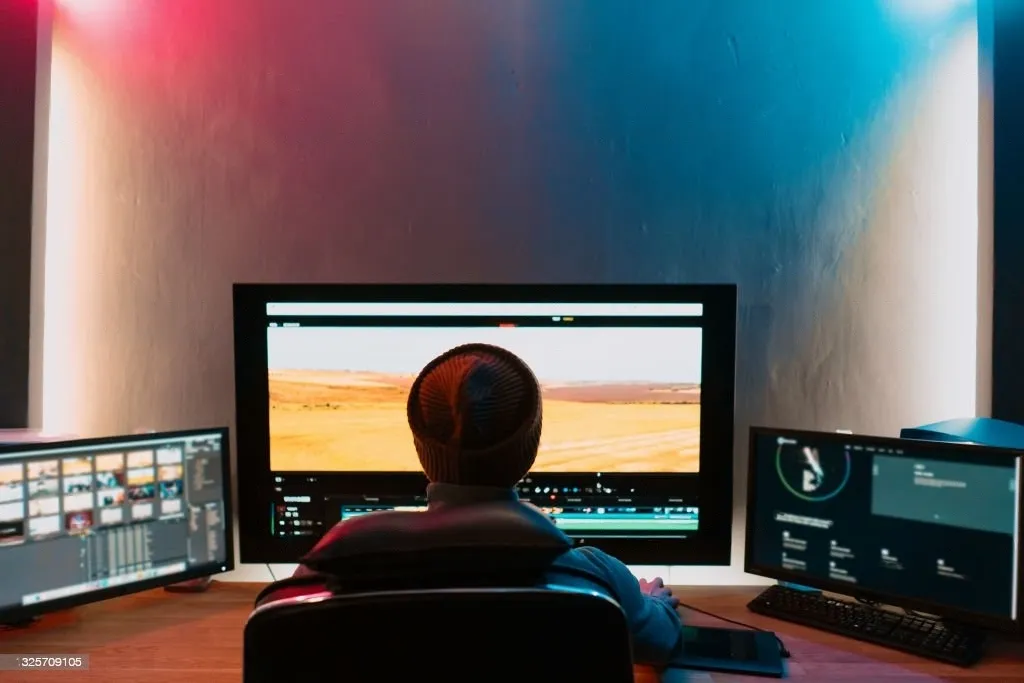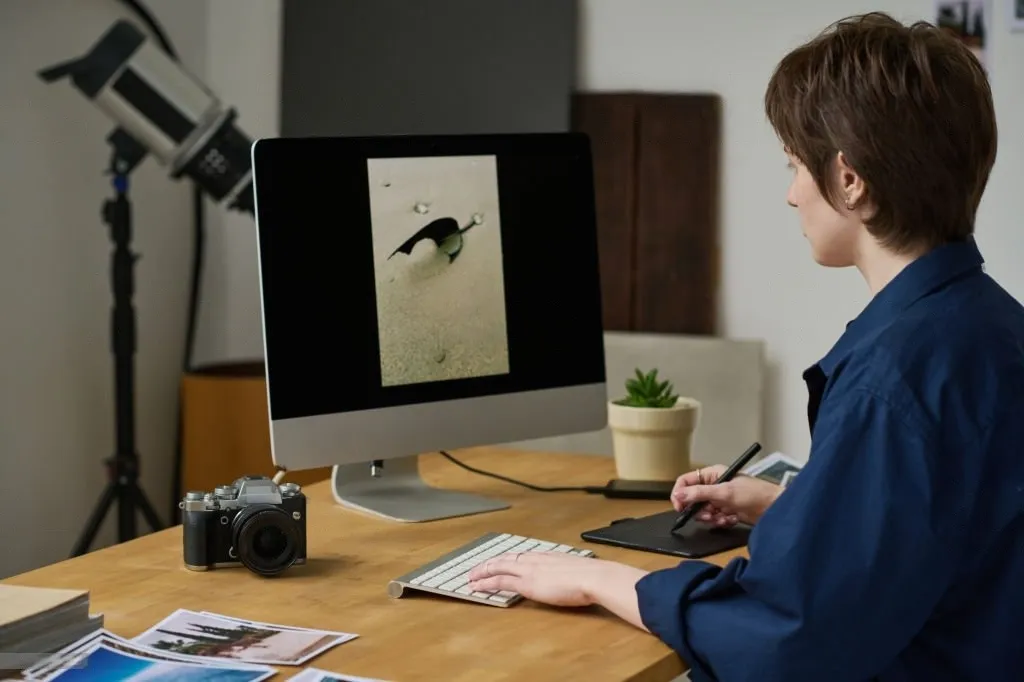Behind the Scenes: The Intricate World of Post-Production

The filming and shooting are finished in the post-production phase, and the sound and visual editing process starts.
The most crucial aspects of filmmaking are done during post-production, including trimming raw material, compiling that footage, adding music, sound mixing, dubbing, sound effects, and VFX, to name a few.
Editors, colorists, sound engineers, and foley artists are among the skilled individuals who make sure the Post-Production process runs properly.
Depending on the varied project needs, the highly collaborative post-production process might take several months or even a full year to complete.
The first and most important step after filming is to save all of the material in a trustworthy location. When selecting the ideal location, there are several alternatives.
The initial stage is the most crucial, so be sure to pick the best editing application. When choosing editing software, one must exercise extreme caution since, while the finest option may make workflow more effective, the wrong one can result in needless time and money waste. Only after understanding the demands of the creative editor and the original format the movie was filmed on can the editing program be picked.
1.Selecting a software for Editing:
The initial stage is the most crucial, so be sure to pick the best editing application. When choosing editing software, one must exercise extreme caution since, while the finest option may make workflow more effective, the wrong one can result in needless time and money waste. Only after understanding the demands of the creative editor and the original format the movie was filmed on can the editing program be picked.
2.Creative Film Editor:
The choice of the film’s editor is a very important one. The appropriate creation of the film or movie is made by the film editor’s inventiveness. The editor creates the Edit Decision List (EDL). In order to produce a compelling narrative flow, the editor examines all of the movie’s screenplays and scenes before deciding the shot order.
3.Creating Sound:
After editing is complete, sound editing happens. The director must choose the best sound editor who is willing to put in a lot of time and work. The film’s sound tracks are assembled and arranged by the sound editor, who also trims conversation tracks, removes distracting noise, and enhances the film with excellent sound effects.
ADR, or Automated Dialog Replacement, is an additional chore that calls for sound editor competence. The performers are requested to re-record the conversation over the scene if the sound wasn’t correctly recorded on the set. ADR, or Automated Dialog Replacement, is the name of this procedure.
4.VFX:
The following phase involves visual effects, or VFX. Computer-generated imagery, or CGI, is used to create the amazing graphics under the direction of a VFX Supervisor and a talented team of artists and other professionals. On the set, it is difficult to get these images. VFX is frequently employed in cartoon films, implausible battle scenes, and murder sequences.
5.Lower Third:
The following phase involves visual effects, or VFX. Computer-generated imagery, or CGI, is used to create the amazing graphics under the direction of a VFX Supervisor and a talented team of artists and other professionals. On the set, it is difficult to get these images. VFX is frequently employed in cartoon films, implausible battle scenes, and murder sequences.
6.Color Correction and Color Grading:
This step is carried out following the completion of the VFX and lower third. Color correction is the technique of using digital filters to alter and change the light’s color so that it matches another.
White balance concerns, exposure issues, and light adjustments are all part of the color corrections. The Colorist precisely refines the movie’s final look.








